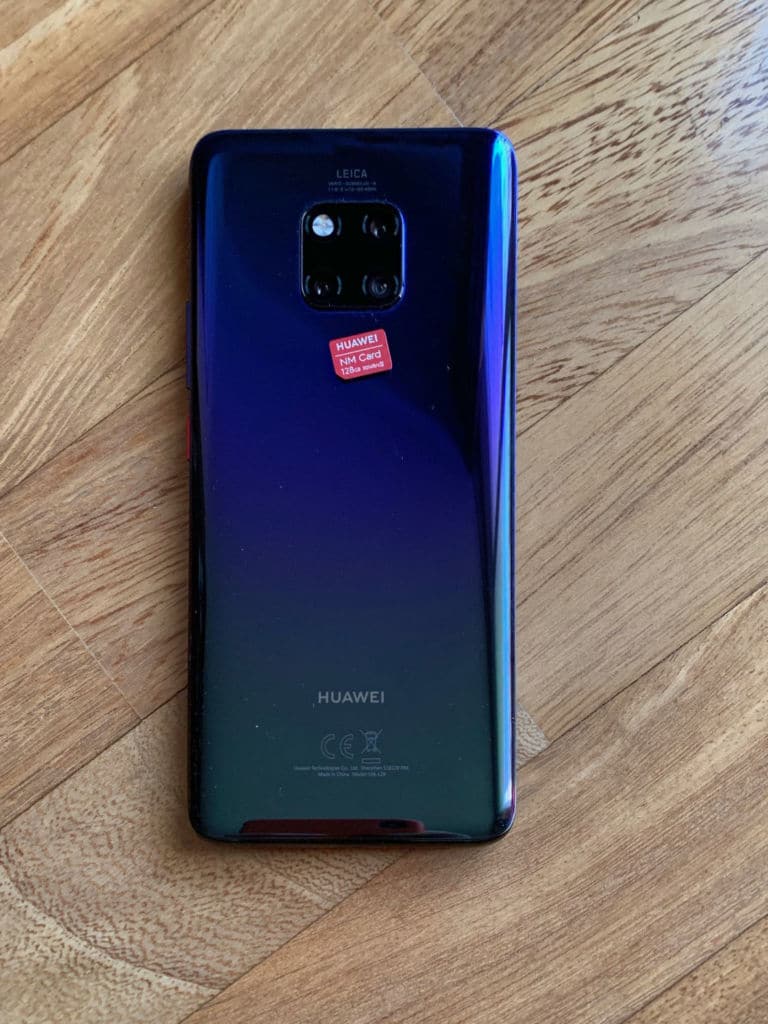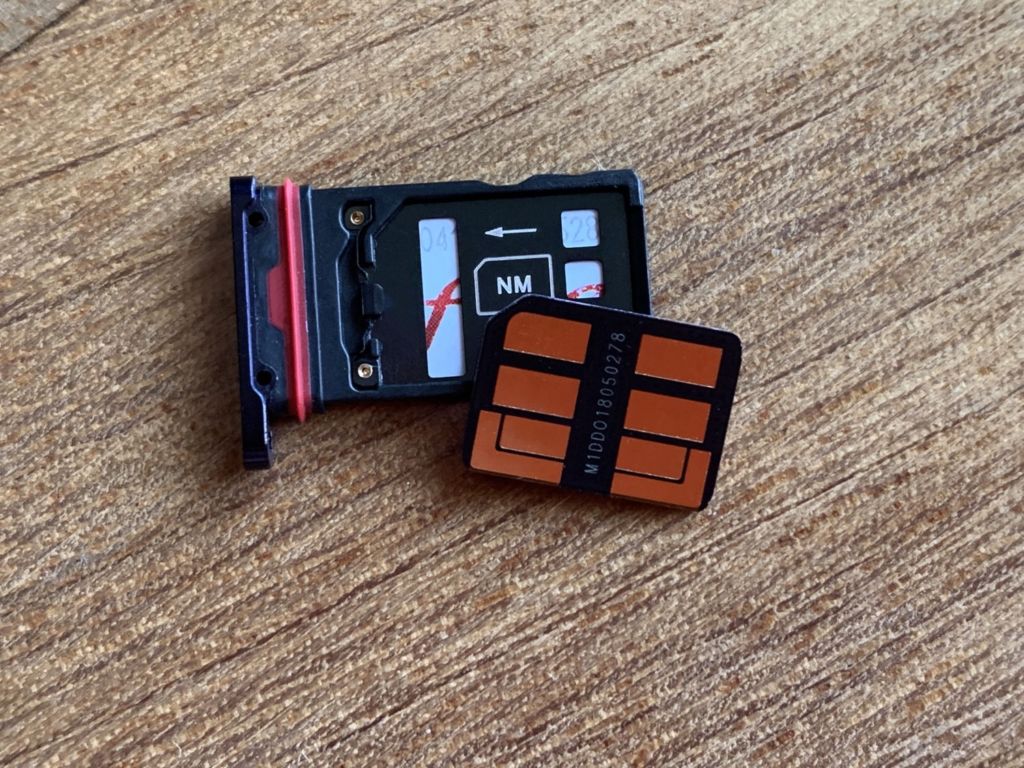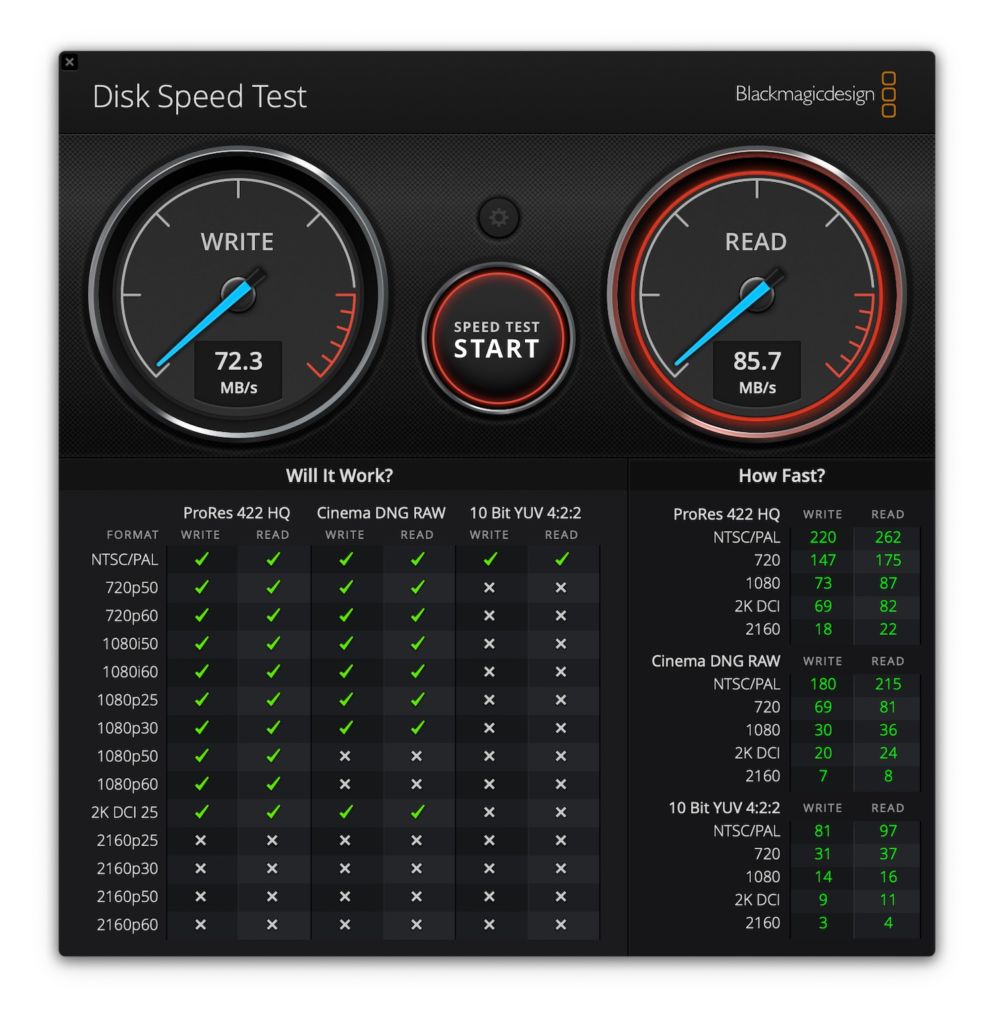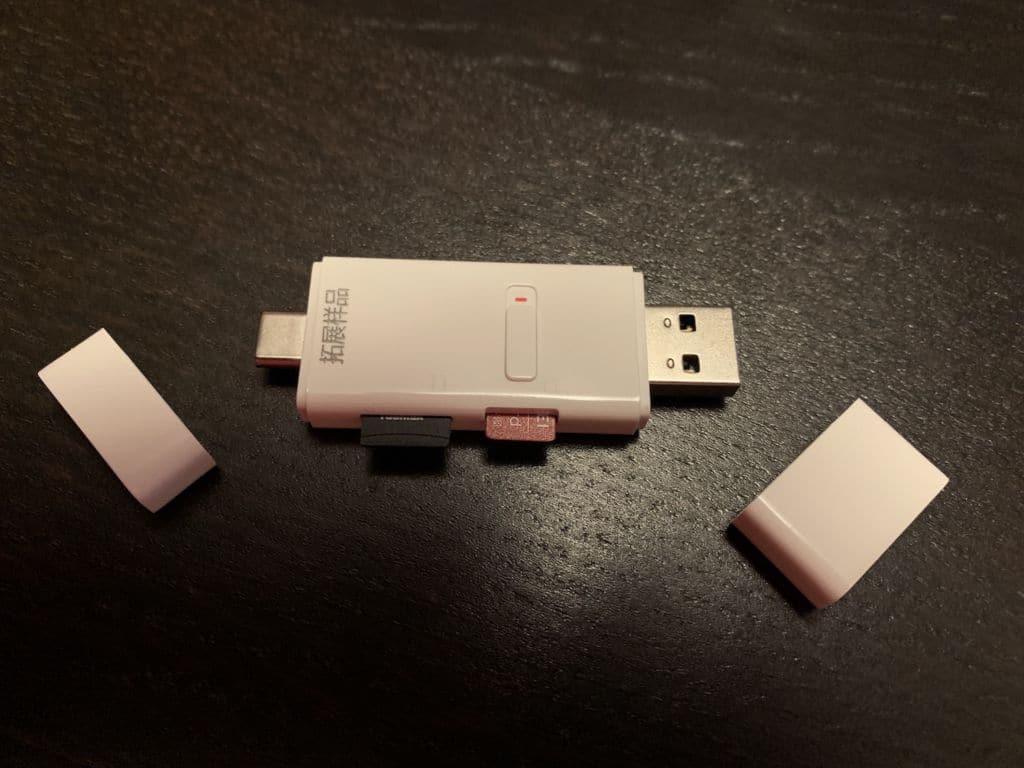A surprise guest at the announcement of the Mate 20 and Mate 20 Pro, the NM Card has been the subject of much ink (digital, of course). Here’s everything you need to know about this storage format developed by Huawei.SUMMARY

The inability to expand the storage memory of a Mate was the main recurring criticism leveled at Huawei by its customers. In its defense, the manufacturer argued that with 64 or 128 GB of integrated storage, the expansion of internal capacity was not an absolute emergency. The arrival of 4K video capture and support for photos in RAW format changed things and Huawei got serious about the subject. The most obvious was of course using the good old microSD. the format is universally recognized and standardized by the SD Association , an inter-manufacturer organization of which Huawei is a member. Of course, the micro SD was not new to Huawei, which has used it for years in its products.
Contents
Compactness above all
Using a Micro SD in the Mate 20 and Mate 20 Pro however posed a major problem, that of the size of the card. Do not laugh: despite an area the size of a nail, the microSD is currently a bulky component . ” The multiplication of antennas inside smartphones on the occasion of the launch of 5G makes welcome any space saving in the device ” explains François Hingant, Product Marketing Director of Huawei CBG France. And in particular in ever more compact smartphones and having to benefit from an increasing autonomy, an edge-to-edge screen and dual or three-camera modules… In short, selective sorting had to take place .
The first victim was the venerable audio jack, very regretted by audiophiles to believe the recurring debates on the subject in the comments of our tests. There is no doubt that the SIM card will sooner or later follow him to the Pantheon of past technological glories , replaced by eSIM… as soon as the operators get used to the idea. Because the disappearance of a physical SIM deprives them (a little) of the mastery of the user’s subscription for the benefit of the manufacturer.

Huawei designed the NM Card to be primarily compact. It is undeniably so since its size is 45% smaller than that of a NanoSD. The manufacturer had the idea to make him marry the exact dimensions of a nanoSIM. If only one telephone line is used – which is the case for the majority of Western users – then the second location can accommodate an NM Card.
Complementary, not substitute (for the moment)
Huawei says it with a hand on the heart: there is no question with the NM Card of wanting to compete with the MicroSD or to keep its exclusivity. ” NM Card is a format open to all manufacturers who wish to use it “, assures François Hingant. At the time of writing, no manufacturer has officially expressed interest in the NM Card. In fact, Huawei is currently unable to tell us what form this financial opening will take. However, it is very likely that the manufacturer will set up a royalty system. If this is the case, let us hope that it will not be too greedy so as not to discourage potentially interested manufacturers.

Could Huawei have its SD Card adopted by the SD Association as a successor to the MicroSD? Technically, nothing seems to oppose it, the NM Card being technologically very close to microSD. It remains to convince the SD Association and its members who could take umbrage at the initiative.
NM Card and UFS Card
Attempts to replace the aging microSD are not new . We may remember that in 2016 Samsung Semiconductors announced the first UFS ( Universal Flash Storage ) memory card . It takes the format of the microSD (with different connectors), while being up to five times faster (up to 1200 MB / s for UFS 2.0). If the UFS is already used in its embedded version in an increasing number of products, it is not the same for its declination card. And yet, the format has many advantages in terms of bit rates, but also energy consumption .
The UFS Card is openly intended to succeed microSD. In order to ease the transition, Samsung even designed an internal player capable of accepting both formats. Whether the internal version or the card, this promising standard is promoted by the UFS Association . Among them are Microsoft, Samsung, Western Digital (parent company of SanDisk), Crucial and… Huawei.
Qualcomm meanwhile supports UFS in addition to SD since SnapDragon 835 (November 2016). To date, no consumer product supporting UFS cards has yet been announced. Does this mean that the market is not yet ready to accept a new format of cards? We can think so if we take for example the photography market, where the main players are unable to adopt new formats of high performance cards like the XQD.
Size matters
The UFS Card is positioned as significantly faster than the microSD while maintaining the same dimensions. Huawei has chosen a different strategy by emphasizing the miniaturization of the NM Card rather than the increase in performance. Thus, its theoretical maximum reading speed reaches 90 MB / s (identical to that of a good microSD) and therefore allows the playback of 4K HEVC video. No indication is given as to the writing speed.
Of course, curiosity prompted us to test a 128 GB NM Card. We thus measured a read speed varying between 85 and 87 MB / s (therefore close to the figures announced) while the write speed is between 71 and 74 MB / s. There will therefore be no unpleasant surprises in terms of performance, both in 4K HEVC recording and in playback.

The most attentive of our readers will surely have noticed by examining the screenshot of BlackMagic Disk Speed Test that we have taken our measurements on a computer. For this we used the NM Card adapter designed by Huawei which allows the connection of the card on a notebook in USB-C or USB 3.0. Also note that it is equipped with a microSD reader, just to facilitate the transfer of files from one card to another.

The adapter should be available in France for around twenty euros, Huawei has not been able for the moment to communicate to us its final price.
Dear NM Card?
The NM Card exists in three capacities – 64, 128 and 256 GB – but in reality, Huawei France only intends to distribute the 128 GB version, the only one interesting in its eyes. If we can strictly understand the absence of the 64 GB version, we are a little ticked off by the non-marketing of the 256 GB model . Huawei justifies this choice by the tax on private copying, the amount of which for such capacity is considered too large (€ 15.36 for 256 GB) to attract potential buyers.
This explanation, as understandable as it is, leaves us wondering since microSD cards are taxed in the same way and turn takers in France. So should we understand implicitly that the selling price of NM Cards would be much higher than that of microSD? Not really.
The official price of a 128 GB NM Card is € 79 including VAT , which is in line with the official prices of manufacturers such as SanDisk for microSDs of equivalent capacity and speed. As with microSD, resellers charge much more attractive prices. It is for example possible to find the card at 51.47 € on Amazon.fr, price which we consider more reasonable. Surprisingly, Chinese sites like AliExpress currently charge a higher price than Amazon (€ 53.60, shipping included, but without taxes), but offer versions 64 and 256 GB at 33.10 and € 107.40.
